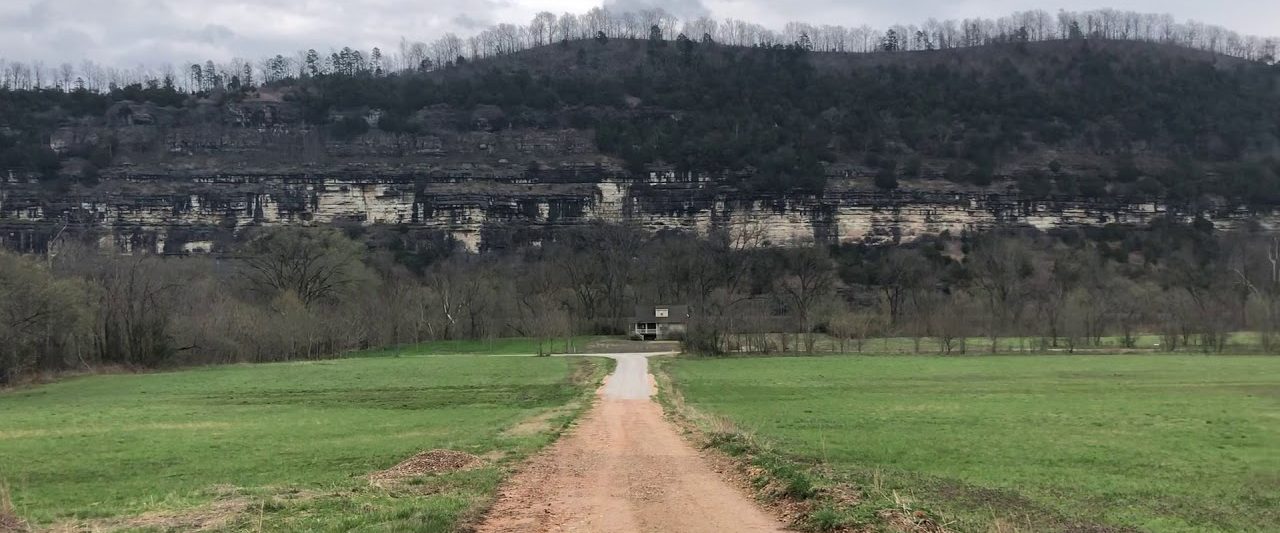 Several years ago I had the distinct pleasure of interviewing my most admired local artist for a story published in a regional magazine.
Several years ago I had the distinct pleasure of interviewing my most admired local artist for a story published in a regional magazine.
Having already invested in several of Roger Carlisles’ dynamic landscape pieces, it was a thrill to spend time with him in his studio talking art and wondering around like a kid in a candy store to see the collection of this man’s great talent.
As much as I already loved Carlisles’ work, the conversation we had gave me an entirely new appreciation for thing’s I’d never considered, and for how art speaks to us in so many ways.
What I enjoyed most about our fascinating conversation was learning about Carlisles’ approach to art, the thought that goes into it and just how much life application there is to his approach to putting chalk or paint to canvas. So much of what he expressed in that interview applies to how we should all addres our work and our daily approach to life.
With credit to Jonesboro Occasions, the publisher of the story, here are a few insightful exerpts from that August 2005 interview:
ON CREATIVE INSPIRATION:
- Work for me is a daily routine and a daily activity. It’s a job just like anyone else has a job. It’s a building process of building an idea and rehashing it, changing things, thinking about color and line changes and variations on theme. People often ask me what inspires me to do things. Each piece you do generates other variations on the theme. So the inspiration to do more work is self-generating. I really don’t think serious artists get inspiration from some outside source. It comes from within.
ON PERSONAL & PROFESSIONAL EVOLUTION & GROWTH:
- Over time I have had a greater sense of clarity about my work. It seems that I understand it, and I understand myself better. I’d like to see a requirement that everyone had to take a drawing course because I think it can show you different points of view and make you think about things in a different way. Perspective and the idea of a “point of view” were invented in the Renaissance. In fact, perspective was a philosophic study in European universities after the Renaissance. It’s interesting how all that has evolved as an idea through art.
ON COMPLETION:
- Completing a piece is not about getting to the finish line. It’s a sense that things are in balance and organized. I really think of paintings as “organizations.” Lots of people think artists should render something to look like it’s “supposed to be.” I really believe it’s more a sense of organization and unity and putting all the pieces together so they fit.
ON PROFESSIONAL SELF-EVALUATION:
- If I don’t like it, it’s a failure. That happens a lot. As an artist I move in and out of roles. At one point I’m a doer, and at the next moment I’m a viewer. When I’m in the studio by myself I set things up so that I can work on it, walk away from it and see it as the first audience really. I do these things really for me, just to satisfy my own personal inquiry about them.
It was a great lesson for me to go back and review this enjoyable interview. Good lessons learned.
For more information about his work go to: www.rogercarlisle.com
